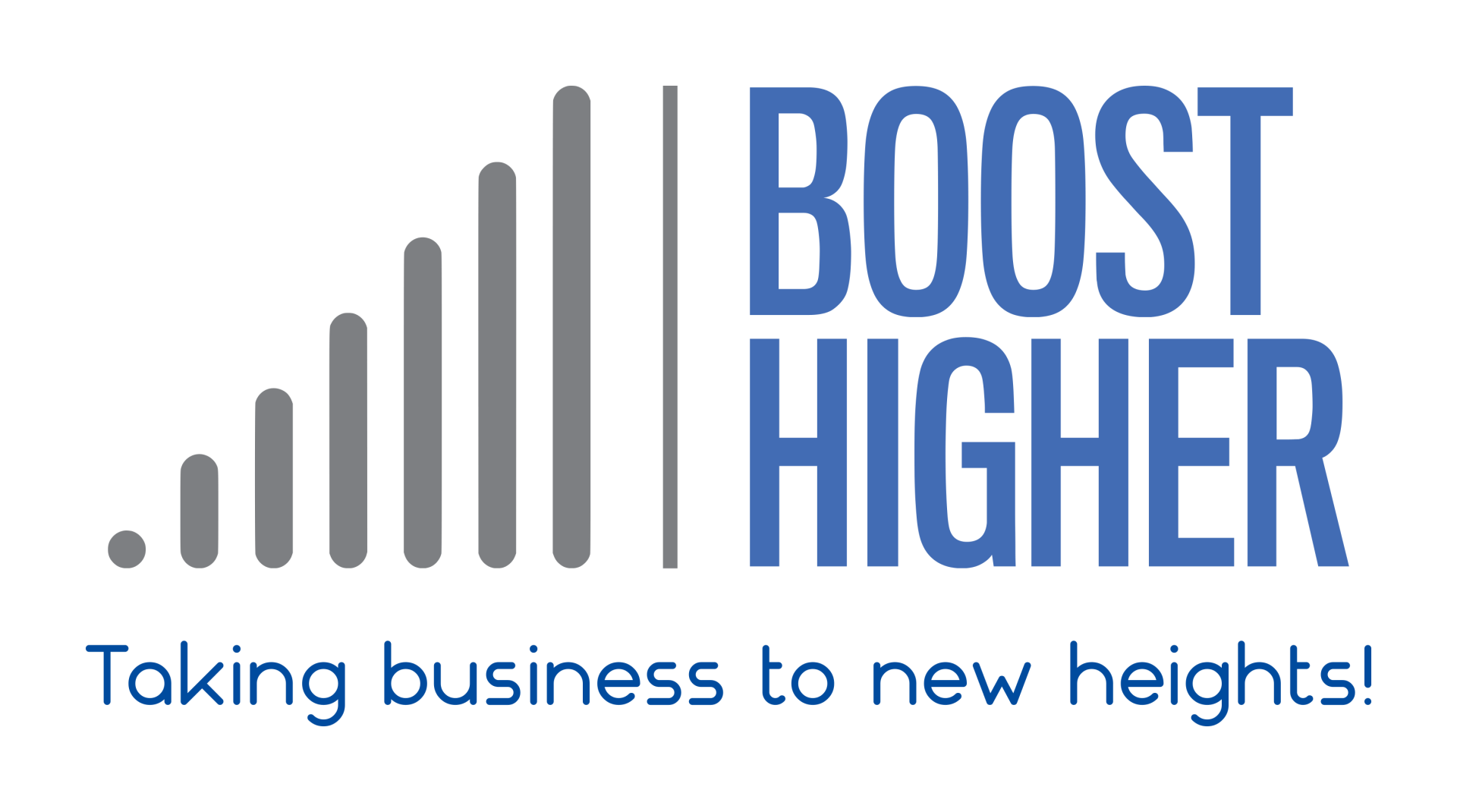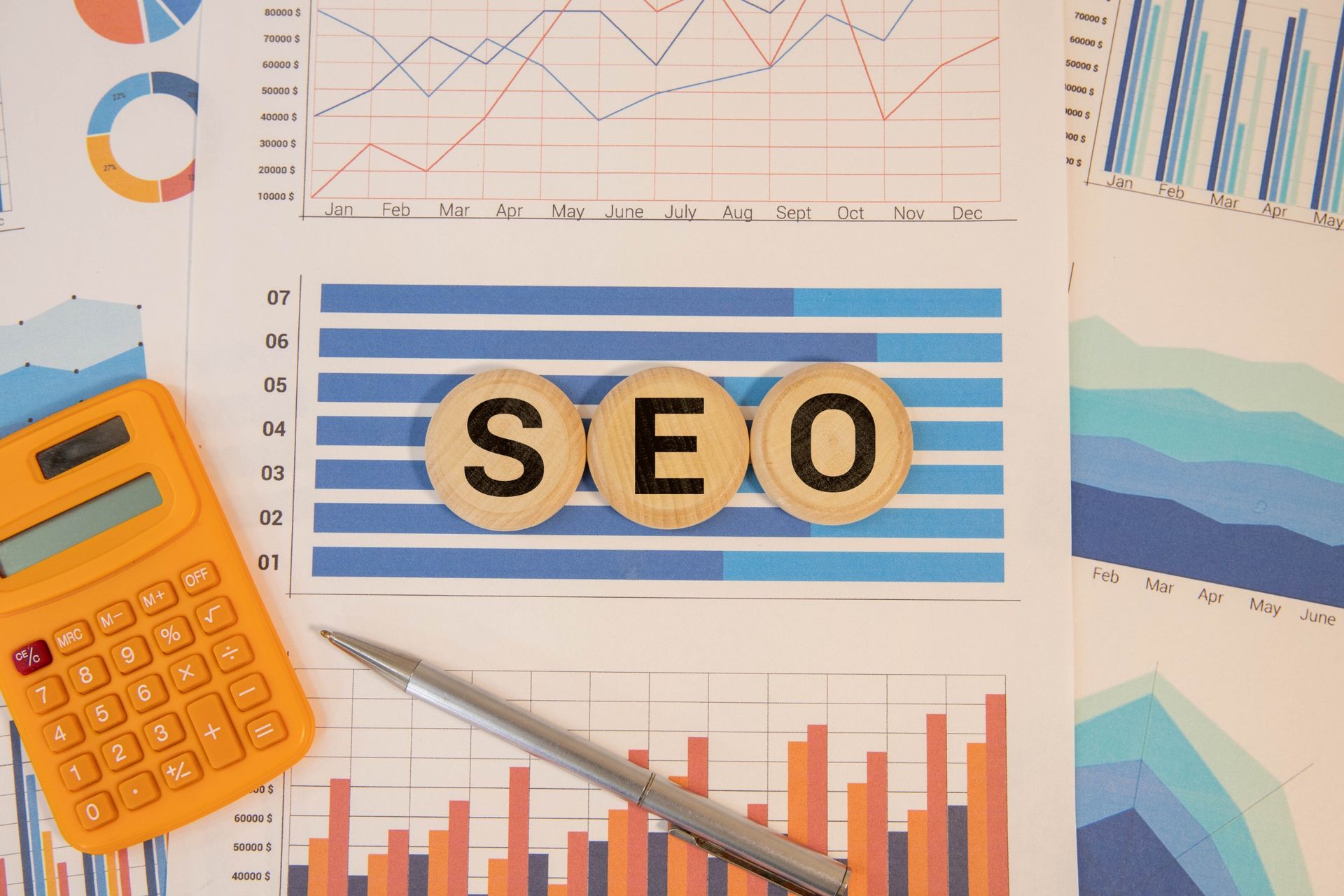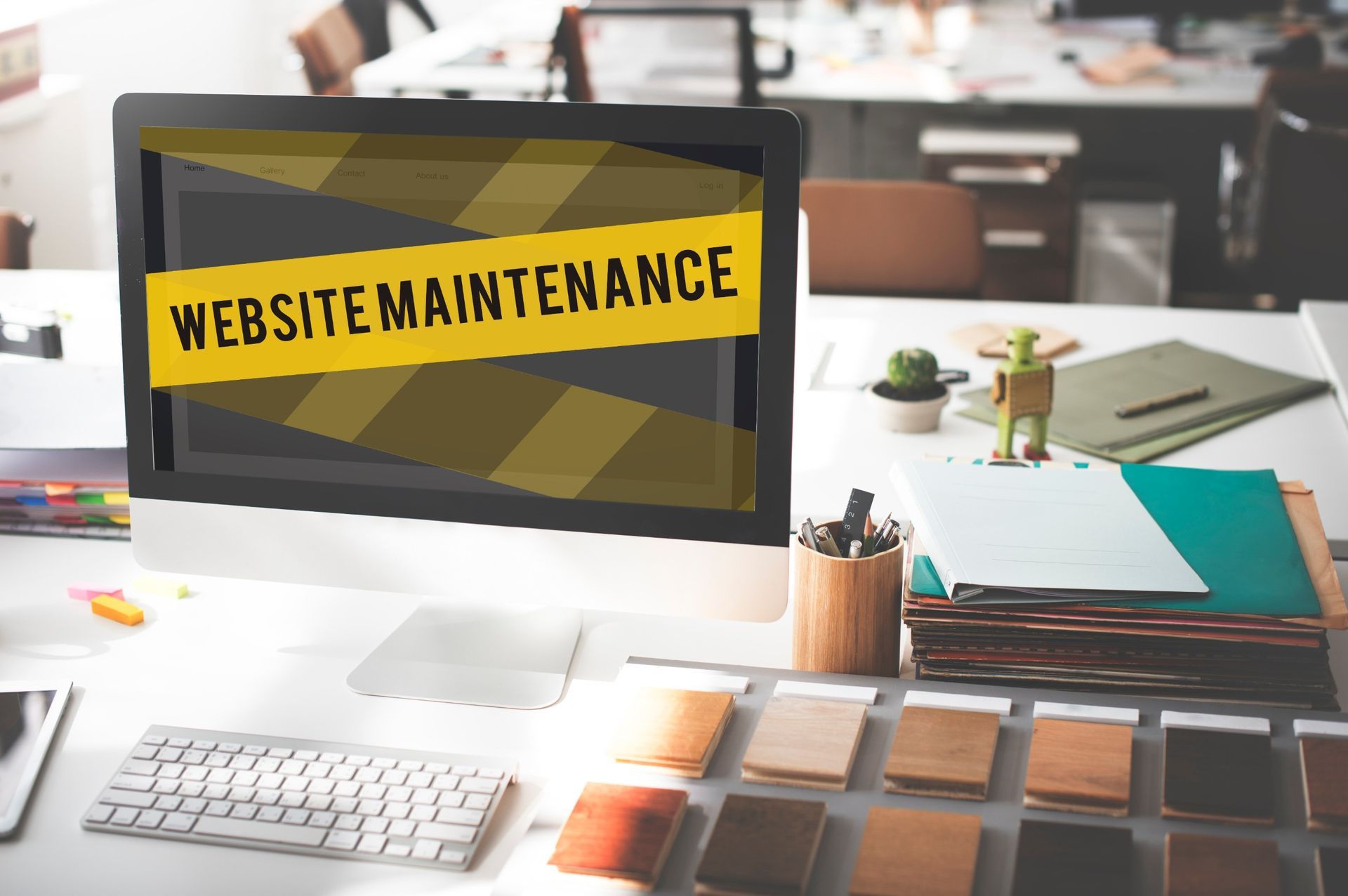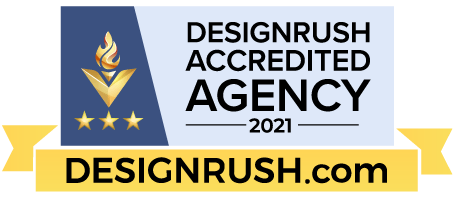10 Steps To Boost Your Site's Crawlability And Indexability
In today's digital landscape, having a website is not enough. You need to ensure it can be easily found and crawled by search engines. Crawlability and indexability are two critical SEO factors that influence how search engines discover, understand, and index your site's content.
This blog post will walk you through ten essential steps to optimize your site's crawlability and indexability. Stay tuned to uncover these vital SEO principles and elevate your website's search engine performance.
Create a Sitemap to Help the Search Engine Bots Crawl and Index Your Site Easily.
A sitemap is essentially a roadmap of your website that leads search engines to all your important pages. It's a crucial SEO tool to communicate with search engines about the content you want indexed. Without a sitemap, search engines may find it challenging to navigate your website effectively, especially if it's large and content-rich.
Therefore, generating and submitting a sitemap to search engine webmaster tools (like Google Search Console) is a fundamental step in enhancing your site's crawlability and indexability.
Use Descriptive Page Titles and Meta Descriptions
Page titles and meta descriptions significantly contribute to improving your website's SEO. The page title is the clickable headline displayed in search engine results and bookmarks. Meanwhile, a meta description is a brief summary that appears under the page title in search engine results, providing users an insight into the page content.
By creating unique, descriptive page titles and meta descriptions, you optimize your chance to rank higher in search results and attract more organic traffic. Remember to incorporate relevant keywords but avoid keyword stuffing to maintain a natural and user-friendly tone.
Include Metadata
Incorporating metadata, such as image alt text, captions, and schema markup, can significantly enhance your site's SEO performance. Image alt text aids search engines in understanding the content of your images, while captions make your content more engaging and accessible.
Schema markup, on the other hand, provides more detailed information about your webpage content, making it easier for search engines to understand and index your content appropriately. These metadata elements collectively work to increase the visibility, crawlability, and indexability of your site.
Ensure That Your Website Has an SSL Certificate
Securing your website with an SSL (Secure Sockets Layer) certificate is a crucial step in optimizing your site's SEO. An SSL certificate encrypts the data transfer between the user's browser and your website, safeguarding it from potential cyber threats. It not only boosts your website's security but also improves its credibility in the eyes of both users and search engines.
Search engines, like Google, favor secure websites, ranking them higher in search results. Therefore, implementing an SSL certificate is an indispensable measure to increase your site's crawlability, indexability, and overall search engine ranking.
Update All Broken Links with New Ones
Broken links can significantly hinder your website's SEO performance by disrupting the user experience and impeding search engine crawl bots. They lead to error pages, creating inconvenience for users and possibly driving them away from your site. For search engines, these broken links are dead ends, making it difficult to crawl and index your site effectively.
It's essential to regularly check your website for any broken links and update them promptly with functional ones. This not only ensures a seamless navigation experience for users but also enhances your site's crawlability and indexability.
Optimize Images on Your Website with Alt-Texts
Alt-texts, also known as "alt attributes" or "alt descriptions," are brief text descriptions that are associated with images on a web page. They serve two essential functions. Firstly, they provide a textual alternative to the image for visually impaired users using screen readers. Hence, alt-texts contribute to making your site more accessible.
Secondly, alt-texts help search engines understand the context and content of the image. This is valuable because search engines cannot 'see' images, but they can 'read' the alt-texts. Incorporating relevant keywords in your alt-texts can, therefore, improve your SEO by enhancing your site's visibility in image search results. However, remember that the primary purpose of alt-texts is to improve accessibility, so ensure that the descriptions are accurate and meaningful.
Ensure That You Are Using the Correct Robots.txt File
The robots.txt file is a critical aspect of your website's SEO. Essentially, it is a text file you put on your site to guide search engine bots about which pages they can or cannot crawl. However, improper use of the robots.txt file can prevent search engines from indexing your site altogether.
Thus, ensure that you're using the correct robots.txt file, allowing search engines to access the important pages while disallowing access to sensitive or irrelevant ones.
Use Internal Links Thoughtfully Throughout Your Web Pages
Internal linking is a crucial SEO strategy that involves linking one page on your website to another page on the same website. These links guide users and search engine bots through your site, helping them navigate to other relevant pages. Search engines utilize these links to understand the structure of your site and to index the pages accordingly.
Furthermore, internal links help to distribute the 'link juice' or SEO value around your website, significantly improving the crawlability and indexability of your pages. However, it's essential to use these links thoughtfully and wisely.
Monitor the Performance of Your Website Regularly
Regular monitoring of your website's performance is essential in maintaining optimal SEO. Use tools like Google Search Console, Google Analytics, and website auditing software to analyze key metrics such as site speed, bounce rate, traffic, and conversion rate.
These insights allow you to identify areas of improvement, fix errors promptly, and fine-tune your SEO strategy. Remember, SEO is not a one-time activity but a continuous effort to stay ahead in the ever-evolving digital landscape.
Make Sure You Have a Good Website Structure
A well-structured website is vital for enhancing your site's SEO. It provides a clear path for search engine crawlers. Furthermore, a structured website improves user experience by enabling easy navigation and quick access to relevant content.
This includes a logical hierarchy of pages, meaningful URL structures, and a clean and intuitive design. By prioritizing a well-planned website structure, you can significantly boost your site's crawlability, indexability, and overall SEO performance.
About Us
At Boost Higher, we help your business achieve never-before-seen heights with our expert strategies and tactics, uniquely designed to fit your brand and goals. Our team of experts specializes in creating hype about your business at both a local and global scale, leading to increased conversions, happy customers, and higher revenue. Schedule your free, no-obligation consultation today, or fill out our contact form to get in touch with us.











